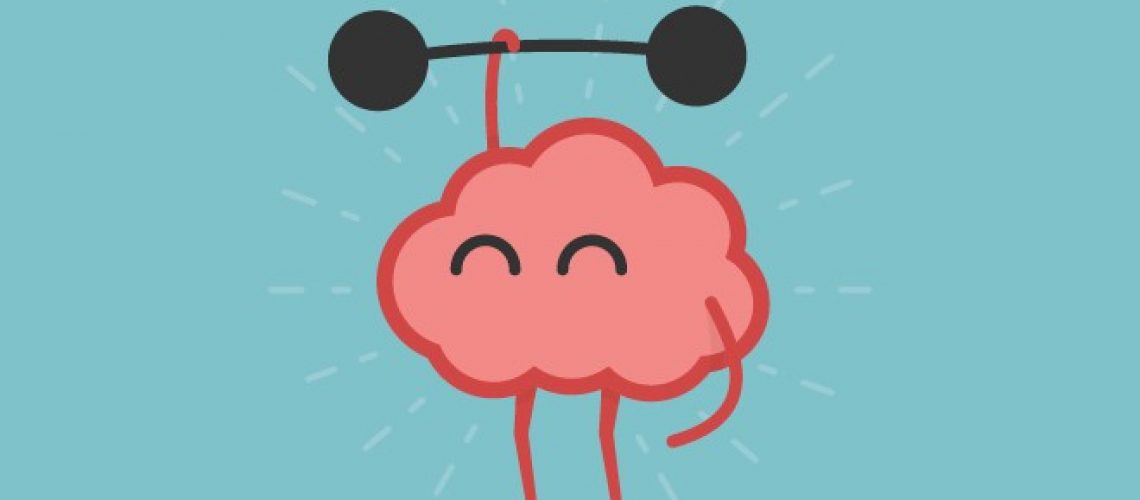Home » The Better Way to Mind Our Brains
The Better Way to Mind Our Brains

There are two radically divergent explanations for why the FDA might approve a drug for use despite high cost, potential toxicity, and very limited evidence that it works. Perhaps both are true in part.
The first is the cynical of the two: this is about conflicts of interest, the influence of Big Pharma, and inevitably, profits. A drug to treat Alzheimer’s would fill a vacant niche; there’s been no meaningful advance in this space in nearly 20 years. It would resonate with a large population in need, and at a cost of over $50,000 per recipient per year, would generate a fortune in earnings.
But that same admixture- pent up public demand, lack of other advances, something nearing desperation among the many of us either suffering from or caring for someone with Alzheimer’s- provides an alternative and more generous explanation. The harms of medicine can come in two varieties: commission, and omission. Harm is done both when a treatment of potential benefit is withheld, and when one that lacks benefit and imposes risks is authorized.
In any area where treatments abound and public need is less than urgent, the FDA is duty bound to apply meticulous filters. To guard against inadvertent harms, the statistical underpinnings of biomedical research and practice tend to prioritize safeguards against false positives (i.e., approving a treatment that does not actually work) over false negatives (i.e., withholding a treatment that actually does work). These standards make sense when patient need is not unaddressed, when reasonably safe and effective treatment options exist.
The calculus changes, however, when need is urgent and unmet, and treatment options are absent. This domain is the basis for “expanded access” provisions of FDA regulation, often referred to as “compassionate use.” Drugs and devices may be made available to those in urgent need despite a relative lack of evidence for the simple reason that at times- almost anything offering any hope is better than nothing at all.
In the latter 15 of my roughly 30-year clinical career, I focused on the care of “hard to treat” patients- those very situations where need was urgent, desperation common, and effective remedies few. To help us navigate so fraught a terrain, my colleagues and I developed and published a framework called “CARE”- clinical applications of research evidence. We acknowledged, in essence, that the standards of evidence required to justify a given clinical intervention vary with a range of considerations, including the availability of any other treatment apt to be at least as good (or better) and at least as safe (or safer), and the acuity of patient need.
If we are inclined to be generous in our judgments, perhaps the FDA had similar motivations related to Aduhelm.
But whatever the case, there is a vital perspective largely absent from the roiling aducanumab drama. Namely, there is a better way to mind our brains in the first place.
A vast trove of research aligns the risk factors for Alzheimer’s with the risk factors for cardiometabolic disease. Two themes are salient, one suggesting that Alzheimer’s keeps closest company with coronary artery disease, the other suggesting a more intimate connection with insulin resistance and diabetes. Given the close linkages among diabetes, obesity, systemic inflammation, vascular injury, and coronary disease- perhaps those two themes are really just variants of one.
Either way, the conclusion is the same: lifestyle can prevent and forestall dementia, Alzheimer’s and other, much of the time. The evidence derives from a diversity of research, spanning mechanisms, animal models, intervention trials, and observational epidemiology. It extends, as well, to ethnography, the observed fate of whole populations over generations. Despite living longer than the rest of us, the Blue Zones residents generally retain their cognitive as well as their physical vitality. That combination is not coincidental; the foundation for mental vitality is physical vitality. As goes the brain, so goes the mind- and the brain derives its health from the general health of the vascular system, immune system, neuroendocrine system, microbiome, and all the rest- to which it is ineluctably tethered, at the neck.
The formula is as potent as it is familiar: an optimal diet of whole foods, plant predominant; routine physical activity; ample sleep; mitigation of stress; avoidance of toxins; strong social connections. Called by various names, these are the same basic pillars supporting the rightly venerated prowess of lifestyle as medicine.
So, then, there is a third lens through which to view the FDA action on aducanumab: the lens of our own complacency. All too routinely, whether with regard to our bodies, our minds, or the fate of the planet- we passively await the development of desperate times and then scramble for desperate measures. In all such cases, the artful application of those famous ounces of prevention would be far better.
We will still need treatment advances, of course. No matter how proactive or scrupulous we might be, bad things- including dementia- will still happen at times. New therapies are essential for the many of us already contending with this scourge among those we love.
But many fewer of us would be in a position to mind the FDA’s actions so closely if we took matters early into our own hands, did the steady, rewarding job of relying on lifestyle as our primary medicine- and better minded our own bodies and brains.
-fin
This article was first published on LinkedIn.
Dr. David L. Katz is a board-certified specialist in Preventive Medicine/Public Health and past president of the American College of Lifestyle Medicine

